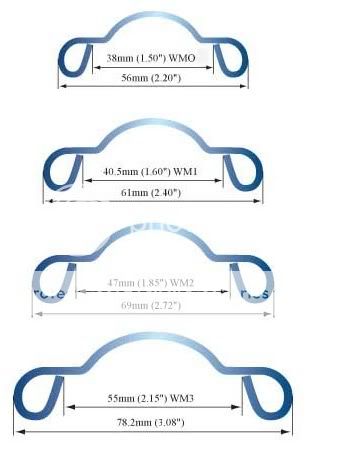Can't find an answer via google, which is strange.
I've got a 76 honda xl250 that I'm converting for street use. Nothing fancy, just want good road rubber for 100% back roads street cruising.
The specs call for a 4.00-18 on the rear. I've laced a rear hoop to my front hub.
What size tire sizes should I run?
I think 120/90 rear and 100/90 front would both fit and be safe.
Being a newb to wheel swapping and vintage anything, I'm seeking the wisdom of the masses. ;D
I've got a 76 honda xl250 that I'm converting for street use. Nothing fancy, just want good road rubber for 100% back roads street cruising.
The specs call for a 4.00-18 on the rear. I've laced a rear hoop to my front hub.
What size tire sizes should I run?
I think 120/90 rear and 100/90 front would both fit and be safe.
Being a newb to wheel swapping and vintage anything, I'm seeking the wisdom of the masses. ;D







